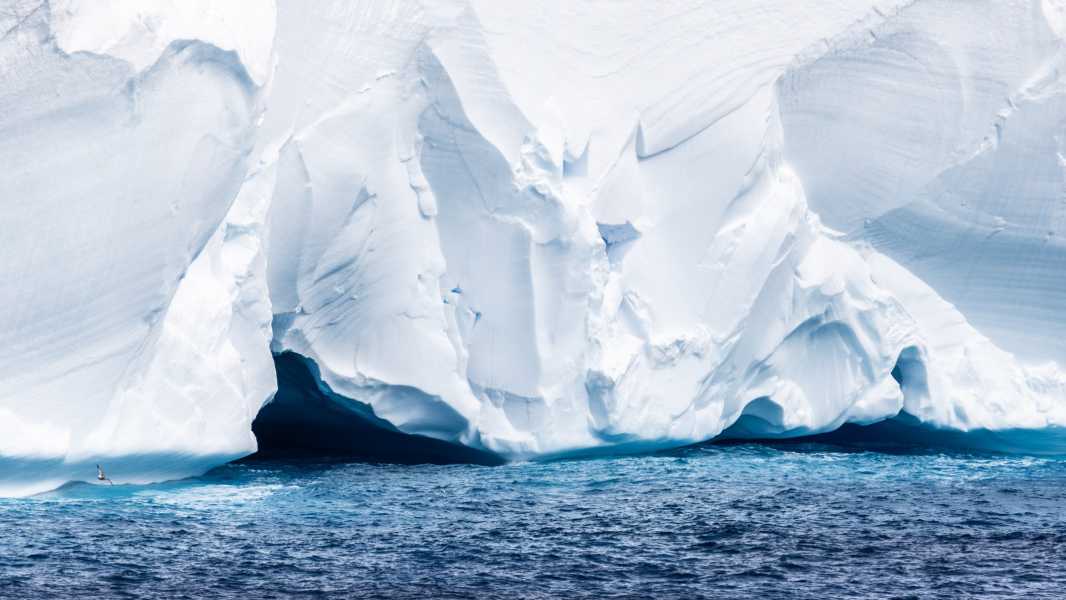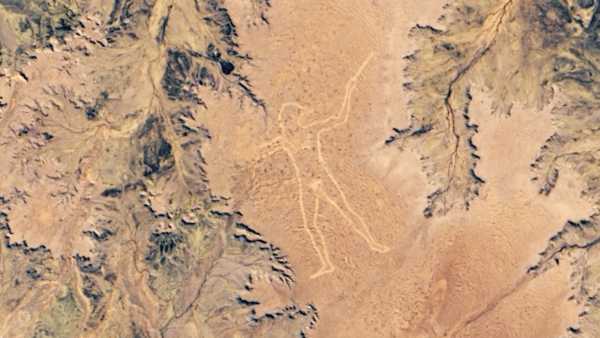
Iceberg A23a heads towards the remote island of South Georgia in the South Atlantic. (Photo by Samuel J Coe/Getty Images)
The world's largest iceberg, the size of Rhode Island, is rapidly approaching an isolated British island and wildlife sanctuary in the South Atlantic.
As of Jan. 16, the megaberg, dubbed A23a, was about 180 miles (290 kilometers) from South Georgia and the South Sandwich Islands, according to the U.S. National Ice Center. A collision with those islands could be catastrophic for large colonies of penguins, seals and other animals in the area.
“Icebergs are a natural hazard,” Simon Wallace, a sea captain on a government vessel in South Georgia, told BBC News. “I would be very happy if it just passed us by.”
A23a, known as the “queen of icebergs,” has a surface area of 1,222 square miles (1,967 kilometers), according to the U.S. National Ice Center. It first broke away from Antarctica’s Filchner Ice Shelf in 1986. However, it remained attached to the seafloor for more than 30 years before beginning its slow northward movement in 2020, according to the British Antarctic Survey.
Most recently, A23a was again stuck, spinning in place north of the South Orkney Islands. But in December 2024, it finally broke free.
Iceberg movements are always difficult to predict, as they are constantly changing, losing large chunks of ice and melting in warmer waters. However, current forecasts suggest that A23a will be pushed by ocean currents into an area known as the Drake Passage, often referred to as “where icebergs go to die.”
South Georgia and the Sandwich Islands are located on the eastern edge of this strait, making them vulnerable to threats from approaching icebergs.
“South Georgia is in the iceberg zone, so you would expect impacts on both fisheries and wildlife, and both countries have a high capacity to adapt,” Mark Belchier, a marine ecologist who advises the South Georgia government, told the BBC.
However, such impacts can sometimes be catastrophic for local fauna. For example, in 2004, a huge iceberg called A38 ran aground on the continental shelf of South Georgia, blocking the feeding grounds of penguins and seals, leaving many of their chicks and pups dead on the beaches, the BBC reports.
A23a could break apart at any moment, with each piece posing a potential threat to the island. The debris may or may not reach the islands. But for now, Captain Wallace and his crew remain alert for any sign of an approaching giant. “We have floodlights running all night to try to see the ice,” he said. “It could come out of nowhere.”

Pandora DewanSocial Links NavigationTrend News Editor
Pandora is the news editor at Live Science. She also serves as a science anchor and previously worked as a senior science and health reporter at Newsweek. Pandora holds a degree in biological sciences from the University of Oxford, where she specialized in biochemistry and molecular biology.
Sourse: www.livescience.com





